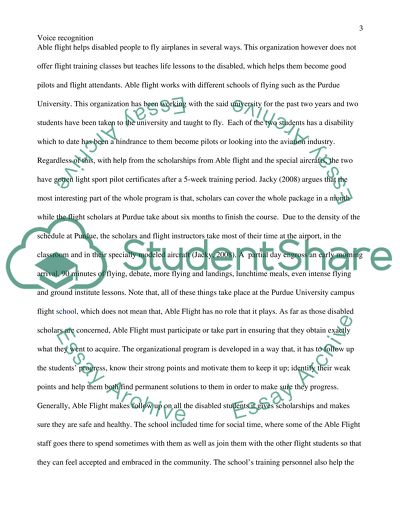Cite this document
(“Possibility of developing voice recognition system in an aircraft Research Paper”, n.d.)
Possibility of developing voice recognition system in an aircraft Research Paper. Retrieved from https://studentshare.org/design-technology/1402824-possibility-of-developing-voice-recognition-system
Possibility of developing voice recognition system in an aircraft Research Paper. Retrieved from https://studentshare.org/design-technology/1402824-possibility-of-developing-voice-recognition-system
(Possibility of Developing Voice Recognition System in an Aircraft Research Paper)
Possibility of Developing Voice Recognition System in an Aircraft Research Paper. https://studentshare.org/design-technology/1402824-possibility-of-developing-voice-recognition-system.
Possibility of Developing Voice Recognition System in an Aircraft Research Paper. https://studentshare.org/design-technology/1402824-possibility-of-developing-voice-recognition-system.
“Possibility of Developing Voice Recognition System in an Aircraft Research Paper”, n.d. https://studentshare.org/design-technology/1402824-possibility-of-developing-voice-recognition-system.


